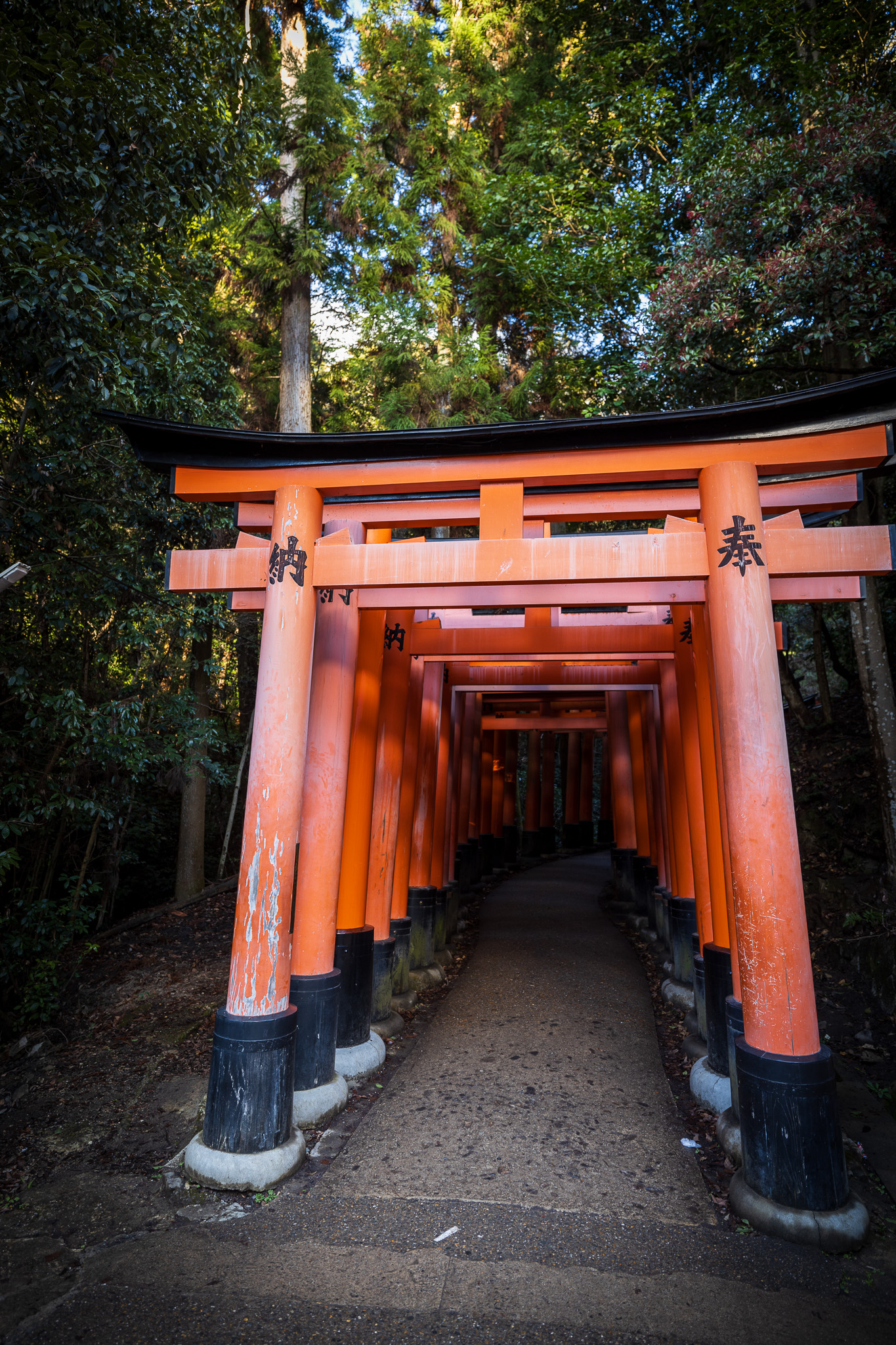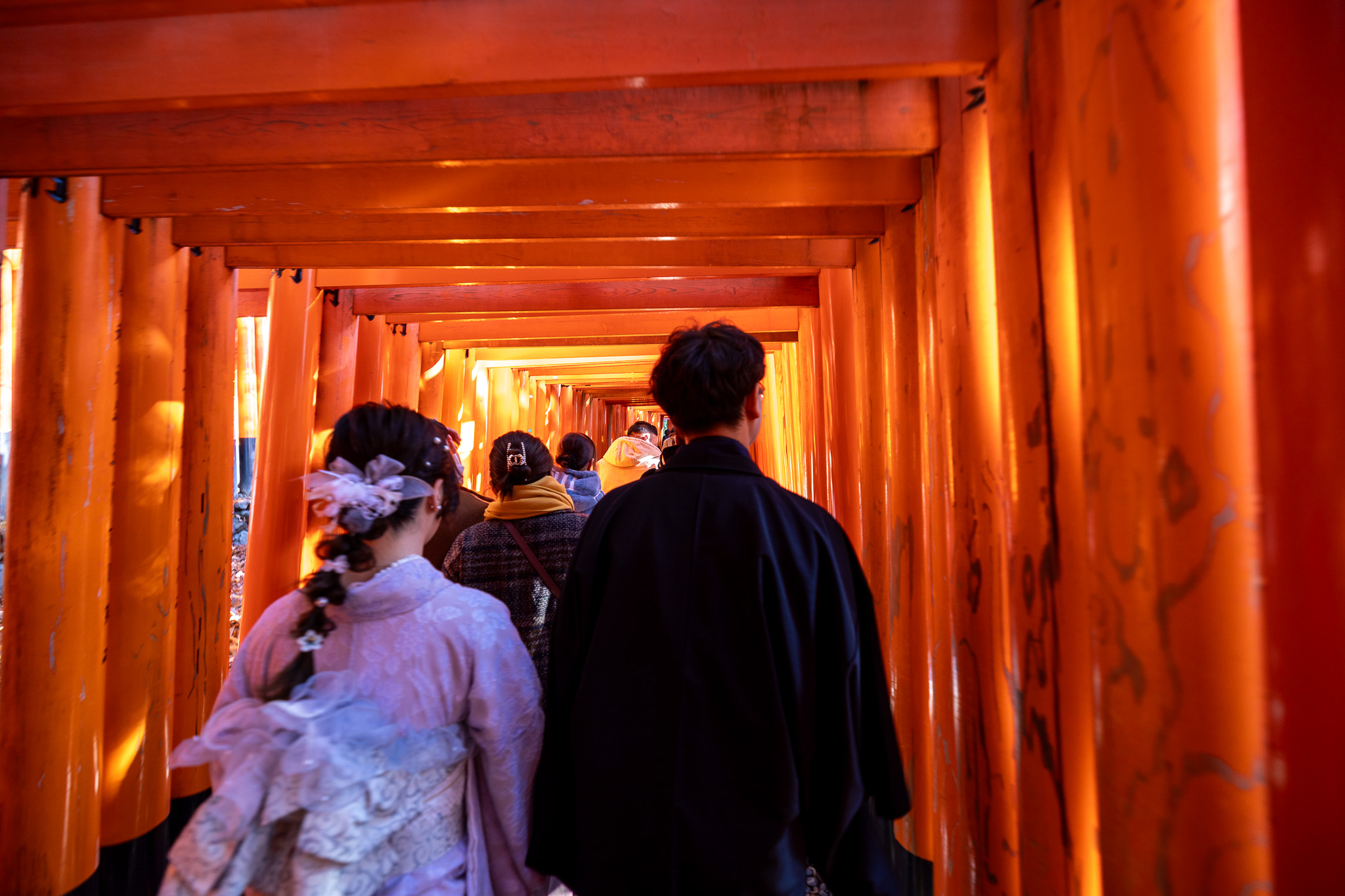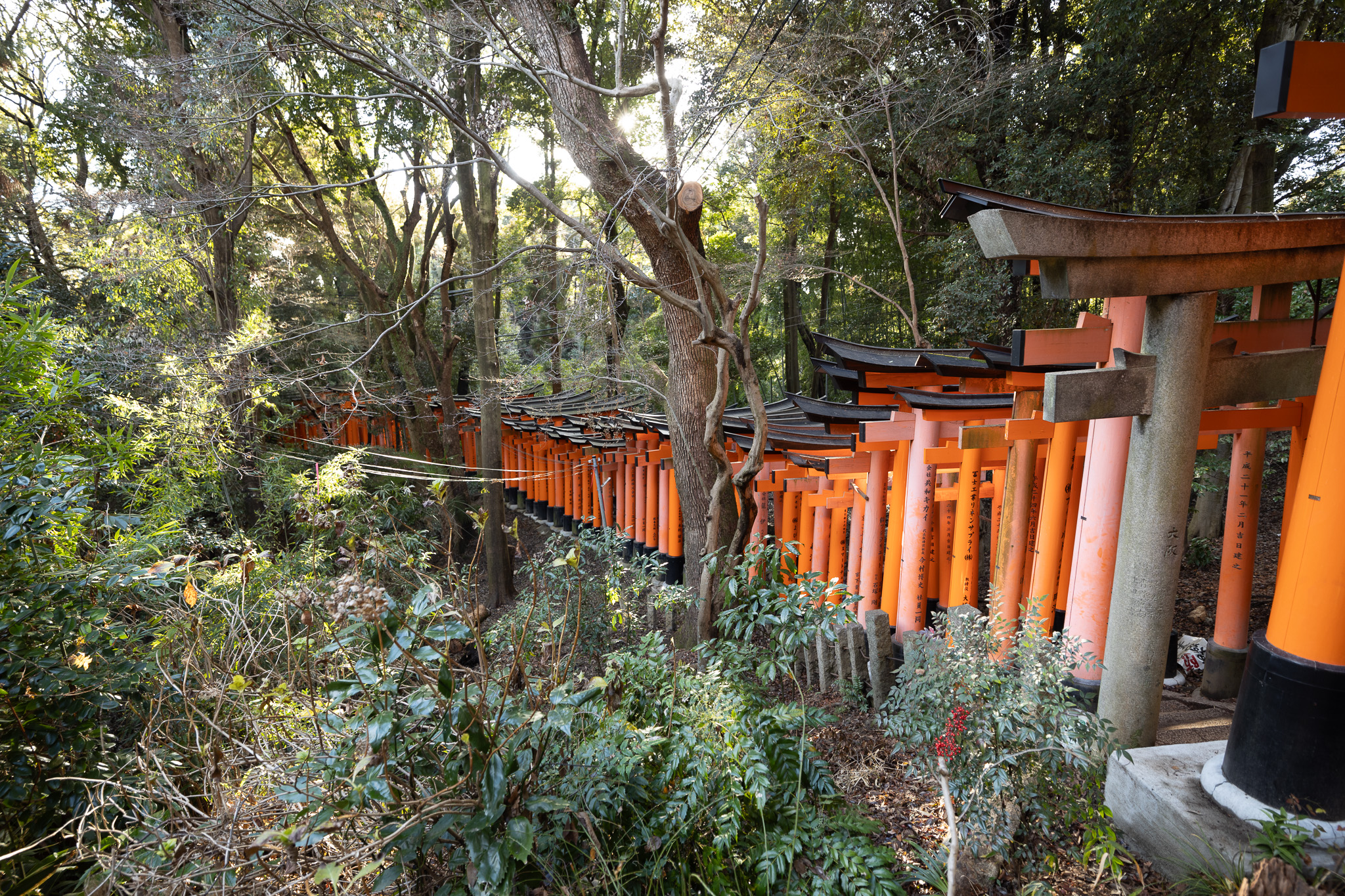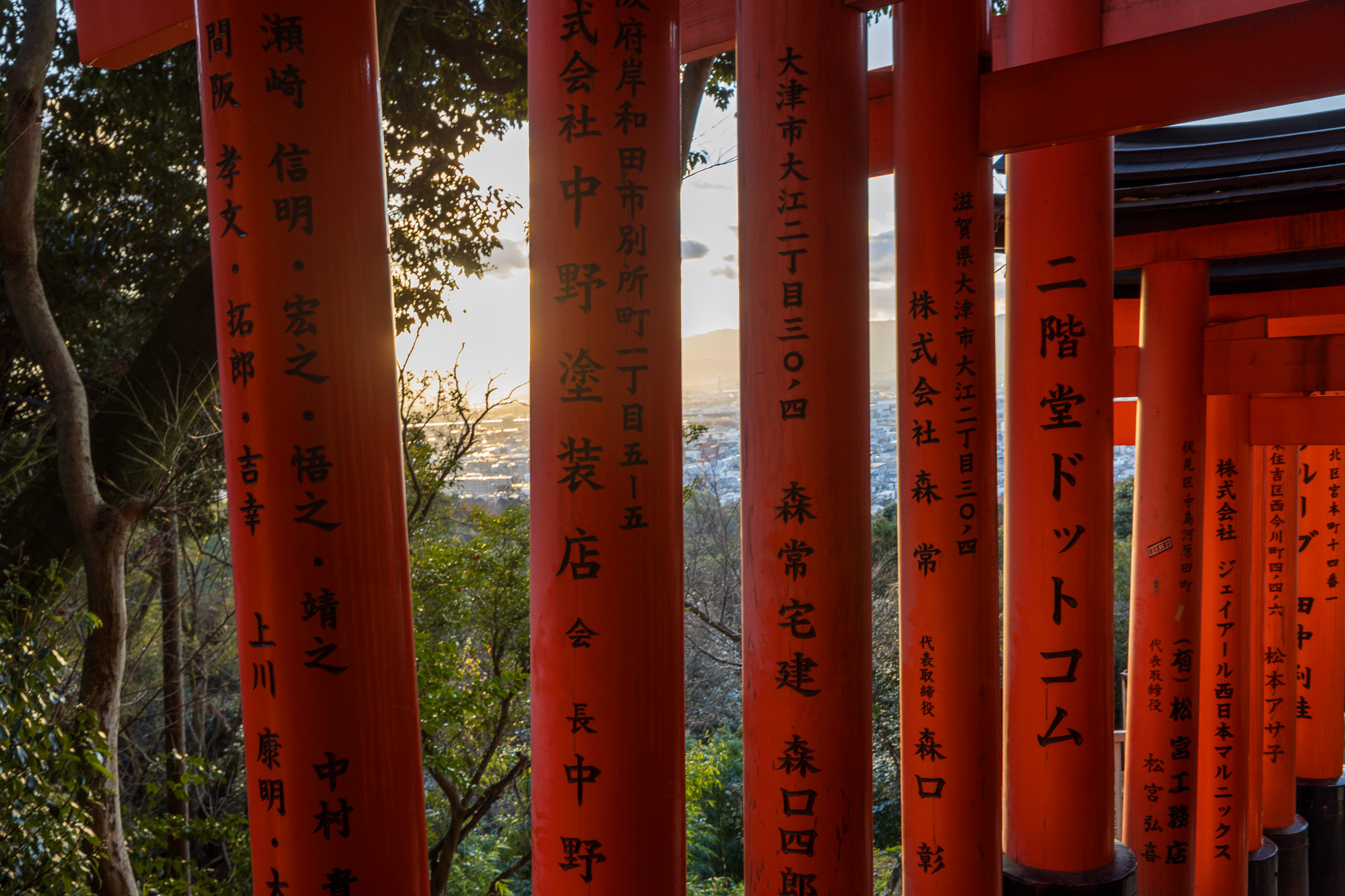Unveiling the Mystique of Inari Mountain in Kyoto
Nestled in the enchanting city of Kyoto, Japan, Inari Mountain, or Fushimi Inari Taisha, is a site that captivates visitors with its breathtaking scenery and rich cultural significance. Renowned for its thousands of vermilion torii gates that wind up the mountain, it serves as both a place of worship and an invigorating hiking destination.

The Origins of Fushimi Inari Taisha
Fushimi Inari Taisha is dedicated to Inari, the Shinto deity of rice, agriculture, and prosperity. Established in 711 AD, this shrine has become one of the most important spiritual sites in Japan. Its history spans over a millennium and draws millions of pilgrims and tourists every year who come to pay their respects and seek blessings for prosperity.
The Iconic Torii Gates
One cannot speak about Inari Mountain without mentioning its iconic torii gates. The vibrant orange gates are donated by individuals or businesses seeking good fortune; each gate bears an inscription showcasing the donor’s name along with their date of donation. There are approximately 10,000 such gates lining the trails that lead up the mountain—a mesmerizing sight that creates a surreal atmosphere as you walk through them.
The main path winds for about two hours to reach the summit at 233 meters (764 feet), but there are numerous smaller paths available for those looking to explore deeper into these sacred grounds.




Hiking Trails and Scenic Views
The hike up Inari Mountain offers more than just spiritual enlightenment; it also provides stunning views over Kyoto. As you ascend through lush forests filled with fox statues—Inari’s messengers—you’ll encounter various shrines along the way where visitors can stop to pray or simply soak in their surroundings.
Once at the top, hikers are rewarded with panoramic vistas that highlight Kyoto’s beauty against a backdrop of mountains—a perfect spot for photography enthusiasts eager to capture unforgettable moments.
Cultural Significance
In addition to being a popular tourist attraction, Fushimi Inari Taisha plays an essential role during traditional Japanese festivals. One notable event is “Inari Matsuri,” celebrated annually throughout February when locals engage in rituals honoring fertility and agricultural abundance.
For those interested in exploring Japanese culture further while visiting this sacred site, taking part in local traditions such as omikuji (fortune-telling paper strips) adds depth to your experience on this mystical mountain.

